A lingering container of Trader Joe’s zig zag butternut squash and some ground pork inspired me to make these dumplings today. The recipe is from The Dumpling Galaxy Cookbook by Helen You, written with Max Falkowitz. The book is based on You’s namesake restaurant in Flushing, Queens, the Chinese food destination in New York City.
There are recipes for homey classics like this one as well as modern pu ‘er tea dumpling. I liked all the little bits of knowledge scattered throughout the book so I bought a copy. There are few cookbooks published in America based on an Asian dumpling restaurant. Few Asian chefs have had the opportunity to share their knowledge and craft.
You’s dough recipe intrigued me because it contained an egg white plus ¾ cup lukewarm water and 2 cups of flour. That seemed like a little too much liquid and in fact, my friend Ali Slagle struggled a bit with the dough recipe when she tried it out.
I decided to go rogue and use less water. I also weighed the flour to make sure I had 10 ounces total (a cup of all-purpose flour for me is 5 ounces). I didn’t have time to work the dough by hand so I relied on my technique of making dumpling dough in the processor. It came together as usual in about 45 seconds. Satiny smooth, just as described by the original recipe but with a lot less effort.
The filling was simple, and I added some Chinese chive from the garden for color and punch. Then I followed Dumpling Galaxy’s instructions for rolling out the wrappers. The dough is soft and elastic, easy to work with. I didn’t use the tortilla press, like I do for recipes in my Asian Dumplings cookbook.
It wasn’t bad to roll out all twenty-four wrappers. If you need an assist, see this post for a dumpling wrapper video tutorial; use the tortilla press to reduce the rolling.
You has an old school technique for forming dumplings: she make a half moon then does a quick press and pinch toward the center. The resulting rustic shape is called yuan bao in Mandarin and evokes northern Chinese dumpling making. Stretch the yuan bao a tad to form a crescent that can be panfried into pot stickers.
Mine looked like a pea pod more than a crescent but as I say to many dumpling makers, just get the darn thing closed. With exception to Shanghai soup dumplings, rarely does the shape dictate the dumpling's performance.
To cook, you make a starchy slurry and then use very little oil in the pan. The recipe called for cooking six dumplings at a time. My carbon steel skillet was very hot so the slurry evaporated before the dumplings got cooked.
I added more water and cooked longer. For the next batch, I crowded six dumplings in a small (8-inch) carbon steel skillet and the result was much better. The dumplings were cooked through and crisp. (For this article, I suggest cooking in batches of 12 dumplings and using a medium or medium-large skillet. You can fewer if they don't all fit, but remember to make more slurry, as needed.)
Dumpling Galaxy calls for cooking the dumpling on their sides but there is also a photo of the pot stickers having been cooked on their spine. You can do both. They’ll taste the same. I had homemade chile oil and added some to the sauce for rich heat.
Note that because there’s grated ginger in the filling, don’t keep it around for longer than say, 30 minutes. Make the filling and use it. I kept mine for about 2 hours and the mixture got a bit mealy from the ginger breaking down the pork.
The Dumpling Galaxy Cookbook is great for any dumpling geek. There are lots of interesting ideas to glean and tinker with.
Recipe
Pork and Pumpkin Pot Stickers
Yields: 24 dumplings to serve 4 to 6
Ingredients
Dough
- 10 ounces (2 cups) unbleached, all-purpose flour, plus more as needed
- ⅛ teaspoon fine sea salt
- 1 large egg white plus enough lukewarm water to make ¾ cup total
Filling
- ½ cup grated or finely chopped butternut squash
- 1 pound ground pork, 80 to 85% lean
- 2 tablespoons chopped Chinese (garlic) chive or green onion
- 2 tablespoons Shaoxing rice wine
- 1 tablespoon freshly grated ginger
- 2 teaspoons soy sauce
- Rounded ¼ teaspoon fine sea salt
Sauce
- 3 tablespoons soy sauce
- 1 ½ tablespoon unseasoned rice vinegar
- ½ to ¾ teaspoon sugar
- ½ teaspoon garlic
To cook
- 2 tablespoons unbleached, all-purpose flour
- 2 tablespoon distilled white vinegar
- 1 cup water
- 1 tablespoon canola or other kind of neutral oil
Method
- To make the dough, put the flour and salt in a food processor. Pulse to combine. Remove the feed tube. Use a fork to beat the egg and water mixture to break up the egg.
- Start the processor, then pour the liquid mixture in a stream through the feed tube. After a dough ball forms, let the machine run for another 15 to 20 seconds. Transfer the dough and any scraps to your work surface. Knead, adding a light dusting of flour to prevent sticking. The finished dough should feel satiny and smooth. Put into a bowl cover with plastic wrap and let rest for 15 minutes, or as long 2 hours.
- For the filling, put the squash in a bowl, cover with parchment then microwave for 30 seconds to lightly cook; cool then transfer to a medium bowl. Add the pork, chives, rice wine, ginger, soy sauce, and salt. Stir well with a fork or your hand. Set aside.
- Make the sauce by stirring together all the ingredients. Set at the table.
- Shape the dough into a log, cut crosswise into 24 pieces, then roll out into wrappers, each 3 to 3 ½ inches wide. (Work with half the dough at a time if you’re new at this.)
- To fill, hold each wrapper in your hand, place a rounded 1 tablespoon of filling in the center. Close and seal well to make a half moon, then press and squeeze the rim toward the center to help the dumpling stand up and form a curved crescent, of sort. Repeat to make more dumplings, placing finished dumplings on a well-floured surface; keep covered with a dry dish towel to prevent drying.
- Before cooking, whisk together the flour, vinegar, and water to make a slurry. Heat a medium (10-inch) or medium-large (11-inch) nonstick, cast iron, or carbon steel skillet over medium-high heat. Add 1 to 1 ½ teaspoons oil. When the surface shimmers, add about 12 dumplings, sealed side or folded spine side down. Set the dumplings in a circular, flower-like pattern. Let them touch!
- Slowly pour in enough slurry so the bubbling action comes one-third up the side of the dumplings. Partially cover, leaving a tiny gap for escaping steam. Lower the heat to medium, the cook for about 6 minutes. When most or all the liquid has evaporated, remove the lid and check for doneness (the skins should look translucent and feel chewy-soft – press to test). Lower the heat more to continue cooking, as needed. Add a splash of water, if more steaming action is required. When done, there is no water left in the pan. You should see a paper-thin, lacy crisp layer at the bottom.
- Slide from the heat then use a thin, flexible spatula to loosen from the pan. Flip the dumplings onto a serving plate. Or, pry them off the skillet and transfer to a plate. However you get the dumplings out of the pan, present them with the crisp sides facing upward. Hold in the oven while you cook the second batch. Serve with the sauce.
Adapted from The Dumpling Galaxy Cookbook by Helen You (Clarkson Potter, 2017)
Related posts: How to fold Asian dumplings (video tutorials)
Upcoming SF Pho Event!!
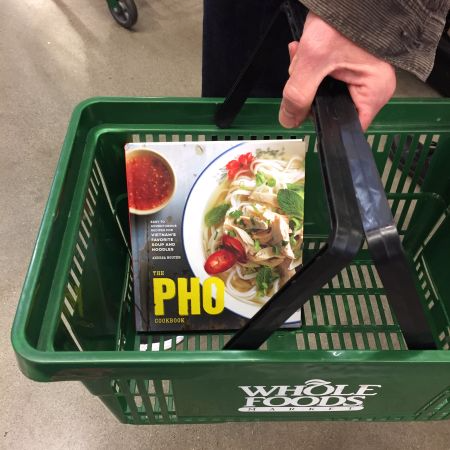
Get details and sigh up here.













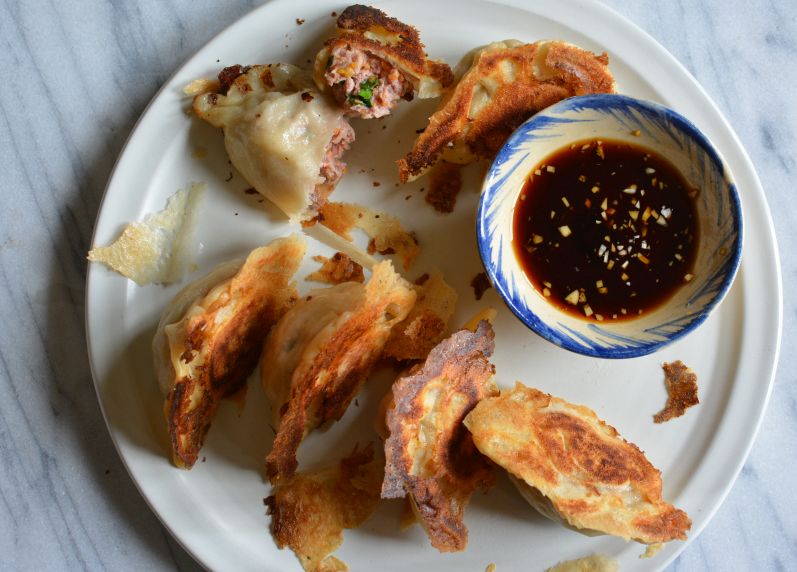
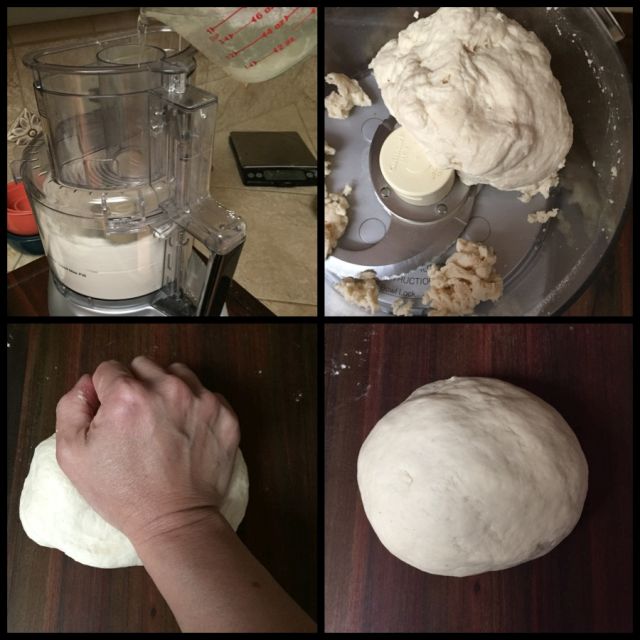
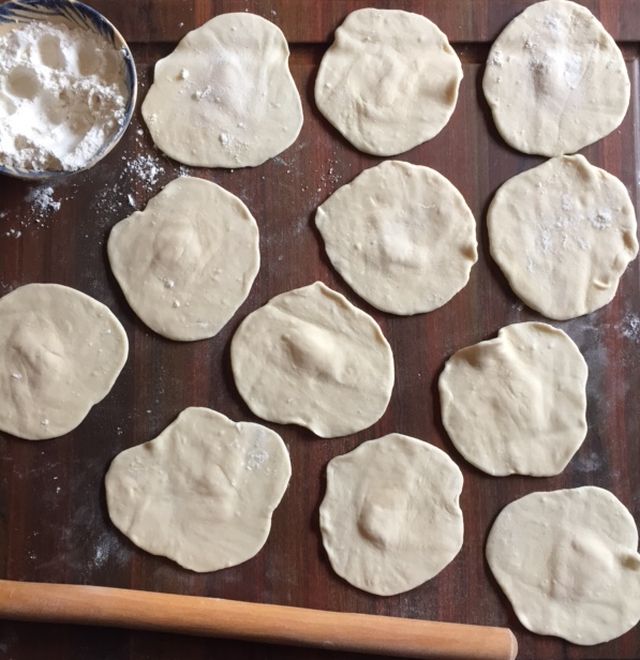
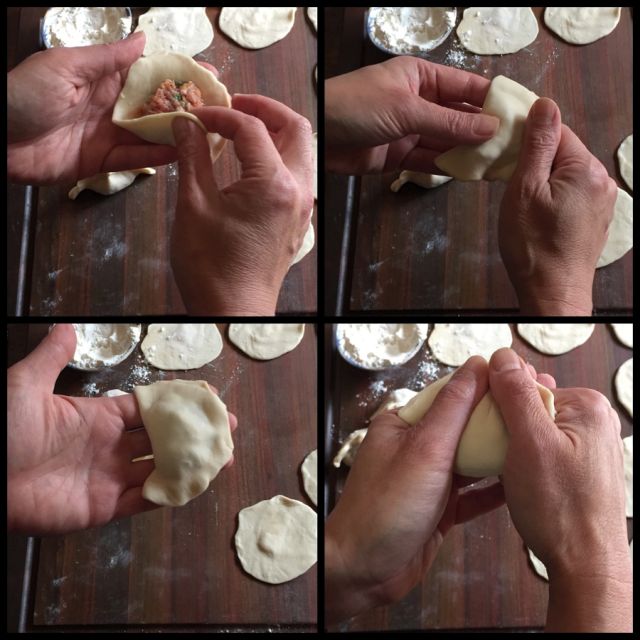
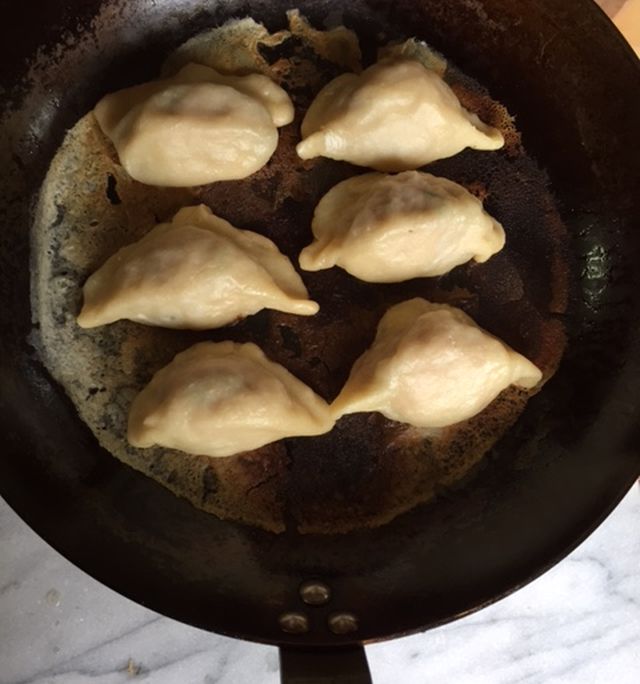
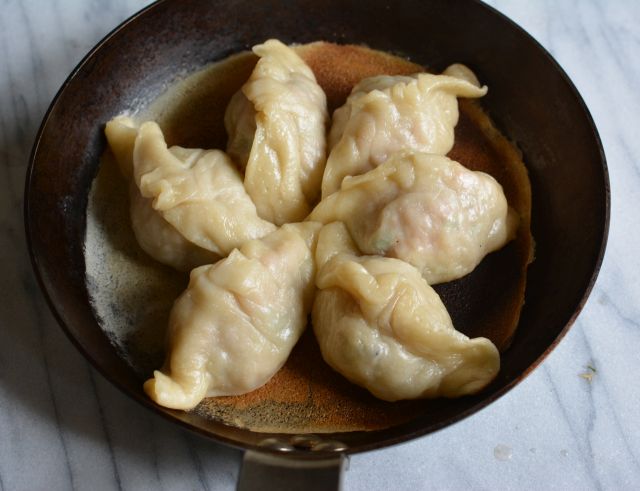
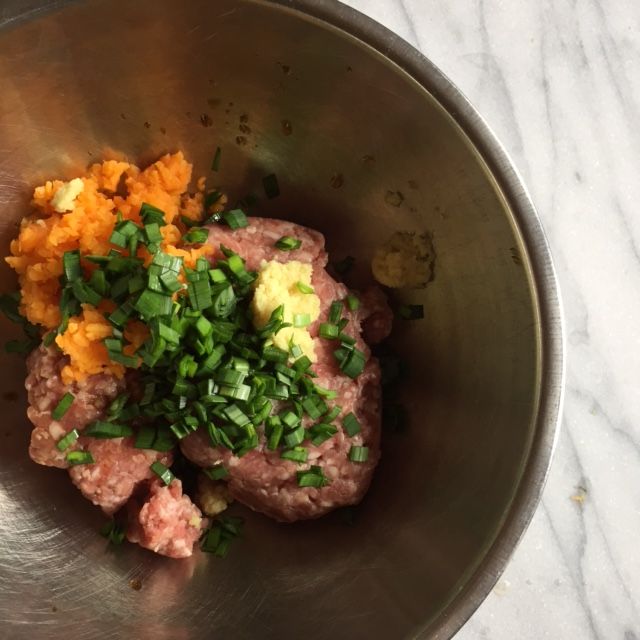



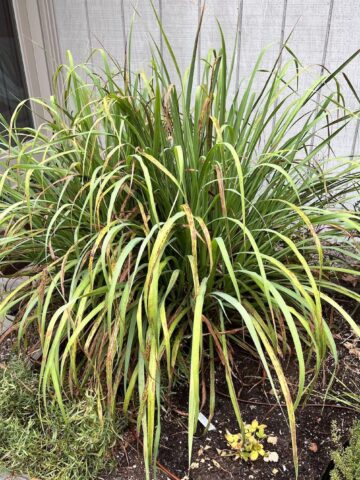
faith says
I see that this recipe was posted awhile ago but I've only recently been able to find potsticker wrappings here in southwestern Missouri so I am searching for recipes that I are similar to ones I used many years ago when I lived in California. I have never come across a recipe that uses a slurry! You really don't say the purpose for using a slurry (other than making a potentially big mess) and I would like to know more about the reasons for that addition. Thank you.
Andrea Nguyen says
The slurry simply makes a crunchy layer in the skillet. It's a nifty trick. You could do without it but it's fun. So happy you've found good dumpling skins in Missouri! That's awesome.
Smith says
Are butternut squashes a type of pumpkin?
I have a traditional looking "pie pumpkin" from Trader Joe's and was hoping to use it when I saw the title of the recipe. But then in the ingredients it uses butternut squash.
Thanks.
Andrea Nguyen says
I think that your pie pumpkin should work just fine!